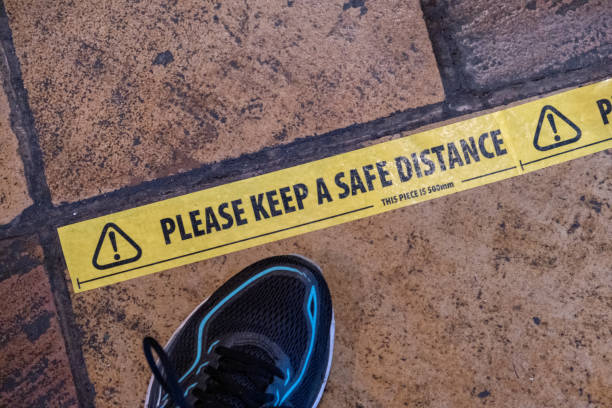Hallway runners are helpful in many ways. They can protect floors, add decorative elements to a room, or give a walkway extra grip. As with anything else in the design world, hallway runners also have their do’s. Here are some hallway runner guidelines to follow.
Give some space
When a runner has some breathing space, it looks better. Leave six inches of space between the rug when measuring your hallway runner. This will allow you to achieve the correct visual scale for your runner. If it’s too wide, it looks like carpet. If it’s too thin, it seems out of place.
Keep them contained
You want the hallway runner to draw attention to that area. You should ensure the runner doesn’t overflow into other rooms to achieve this. Making your runner a bit shorter will look better than the hallway.
Keep the runner within the hallway length to avoid any problems with doors. A rug or runner may cause the pile to be higher than the space beneath the door. This can make it impossible for the door to close.
Lay it flat
You want your hallway rug to be flat, no matter where you place it. Ensure there is no obstruction underneath the carpet to prevent it from providing a smooth area for walking. It is more likely that someone will trip if furniture pieces or floor fixtures cause it to bunch.
There is no middle ground when it comes to furniture
It’s common to place furniture on a rug only halfway. The rules for hallway runners are different. You want your furniture either entirely on top of the carpet or entirely off. No in-between!
Leave space in between runners
You can create a unique design by using not just one but multiple hallway runners. Make sure to leave enough space between each rug. As a rule, you should use the same space between each carpet that you have between it and the wall.
Match runner lengths
We have more rules about hallway runners for you if you are making more than one. In general, all runners should be the same size. There is one exception to the rule! You can create an exception if your hallway features other elements, such as furniture, artwork, or doors. You can then match the runner length to these fixtures.
Laying them down with purpose
You want to make sure that you are laying out your runners deliberately. It is crucial that the runner starts and stops at sensible places. The runner does not need to run the entire hall length but should start and stop around furniture or doors.

